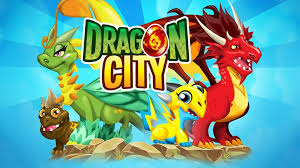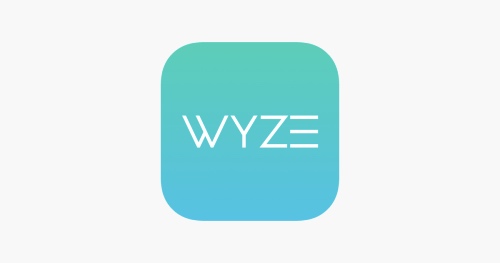Advertisement
Local News’ Transition to Paid Content: Difficult and Long-lasting
This report explored the ways eight local and regional news organizations in four countries have continued to adapt their editorial and business strategies to remain sustainable in a digital, mobile, and platform-driven media environment. As these outlets continue to see the decline of the legacy print model that sustained them for decades, they have invested in new products, processes, and positions to sustain their digital future.
 The most significant development evident among the local and regional newspapers in this report is the adoption and development of paid-content models. Some organizations were newly exploring the potential of paid strategies, such as Iliffe Media’s micropayments, while others honed existing strategies and developed new editorial routines allowing them to more efficiently produce premium stories.
The most significant development evident among the local and regional newspapers in this report is the adoption and development of paid-content models. Some organizations were newly exploring the potential of paid strategies, such as Iliffe Media’s micropayments, while others honed existing strategies and developed new editorial routines allowing them to more efficiently produce premium stories.
These approaches suggested a shift among the newspapers from chasing reach to pursuing relationships. These outlets’ strategies have involved not only distinguishing between fly-by online visitors and loyal readers willing to pay, but also determining what types of content attracted them and via which platforms. Newsrooms have also embraced a commercial mindset through which everyone can contribute to identifying premium content and developing new product ideas, from podcasts to newsletters to events.
Advertisement
This focus has led to an emphasis on value-added content among the news organizations. Interviewees suggested a range of stories that could fit this definition, from daily coverage of traffic, weather, courts, crimes, and store openings, to in-depth investigative reporting, long-form human-interest stories, and solutions journalism. They agreed, however, that ‘value-added’ translated to high-quality, locally focused stories only they could produce.
Organizations have adjusted their philosophies and strategies toward platforms, particularly Facebook. Recognizing the risks of relying on Facebook for significant portions of their traffic, interviewees described efforts to scale back, using the platform more strategically to attract subscribers, extend reach to new readers, and deepen relationships with existing groups and communities.
Efforts to create a sustainable local press have been complicated by the coronavirus pandemic. Local news organizations’ advertising has dwindled, newsstand sales and deliveries have declined, the events business is struggling, and staff members are facing furloughs and layoffs. This is despite the record spikes in traffic for many local outlets as readers seek local updates on testing, closures, and infection rates. In response, governments have adjusted taxes on e-newspapers and, in the case of the UK, announced national advertising campaigns.
Despite these challenges, in the continuing ‘pivot to paid’ local news organizations have remained focused on helping their readers and communities recognize why local and regional newspapers’ content is worth supporting, which has helped news organizations reconnect with the mission of local news. This emphasis could play an important role in helping local and regional news organizations continue to innovate and reinforce the vital functions they serve in communities, even as competing sources of information emerge and as they respond to the significant challenges posed by the COVID-19 pandemic.





